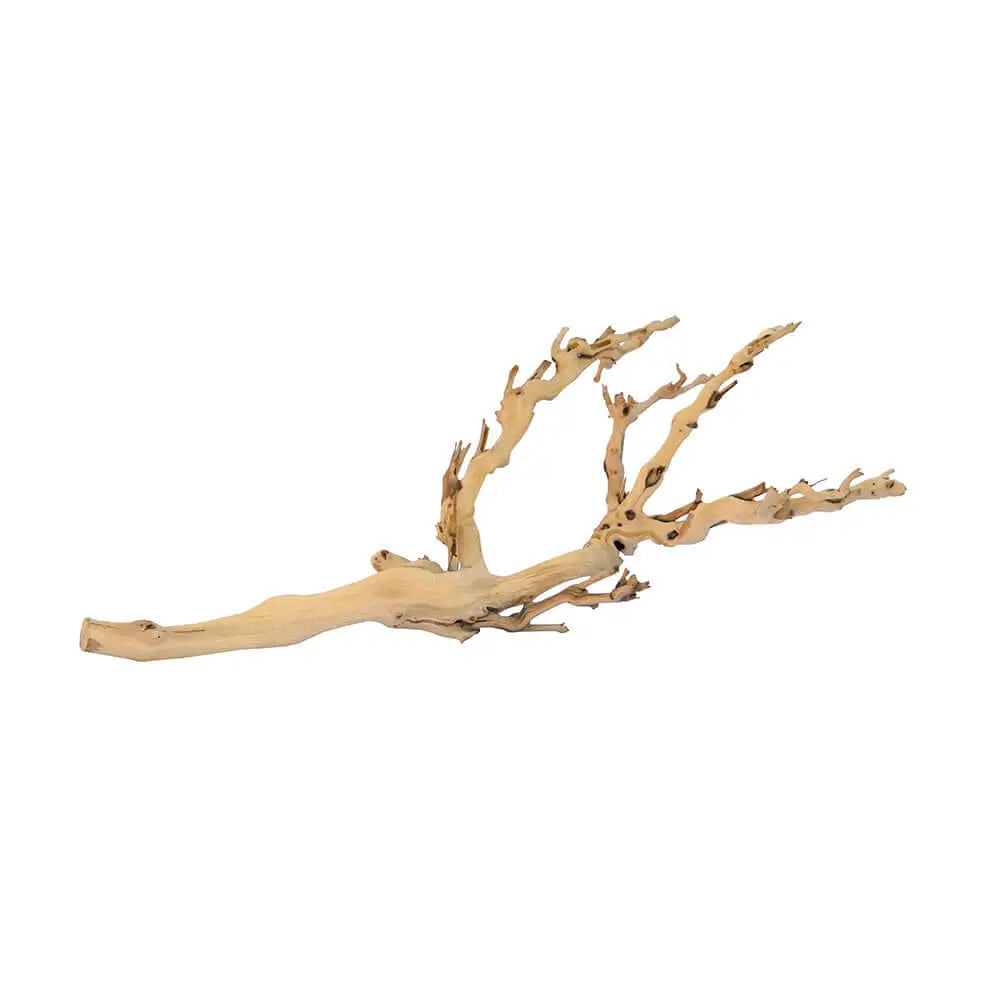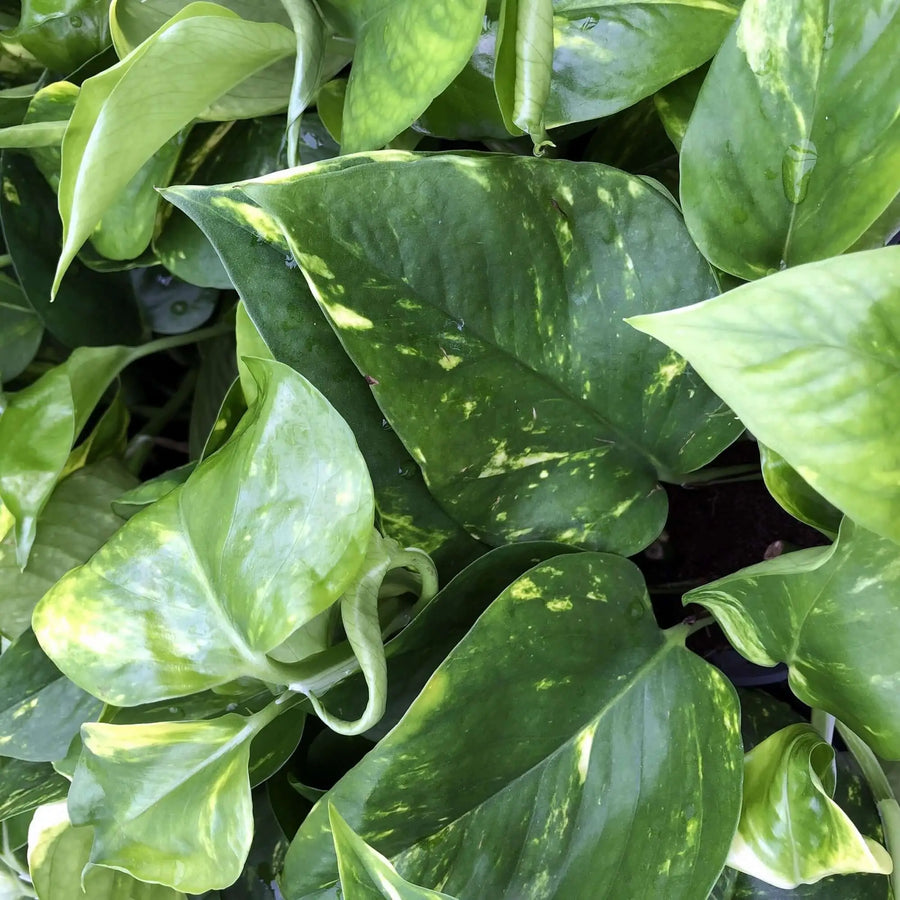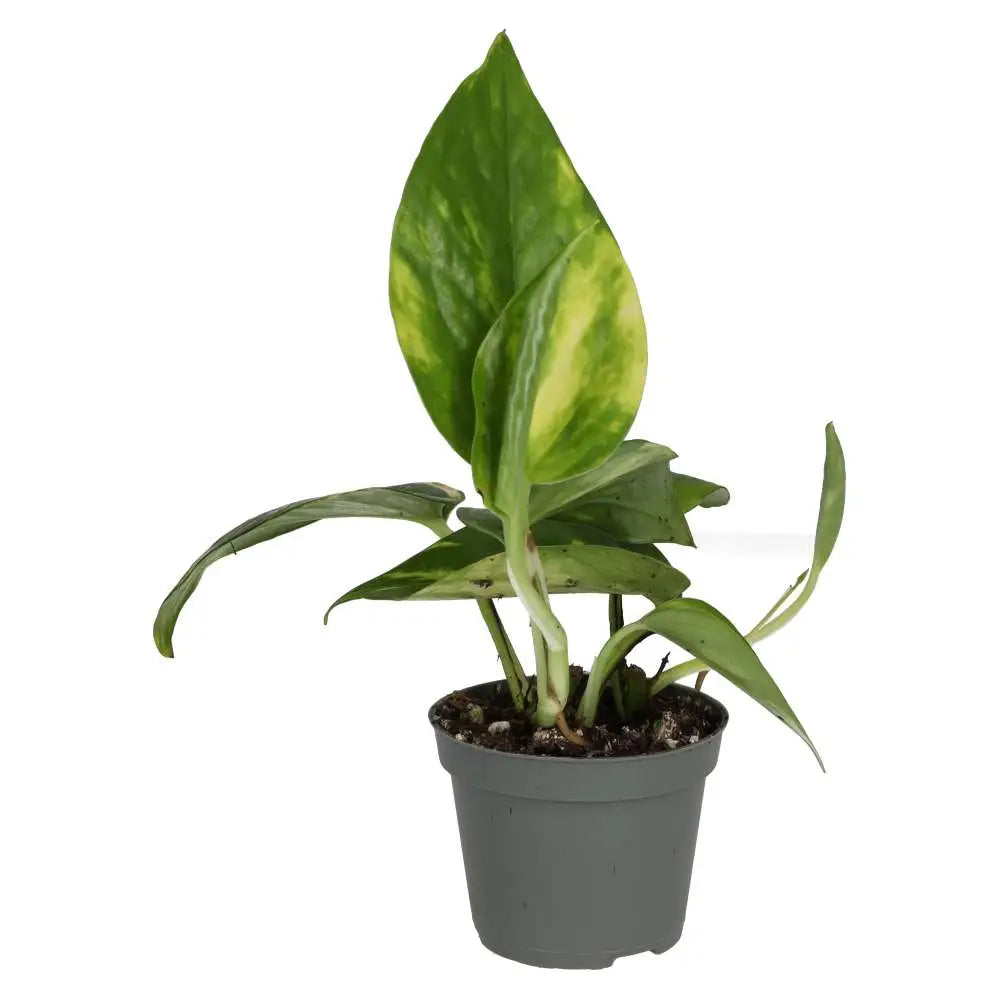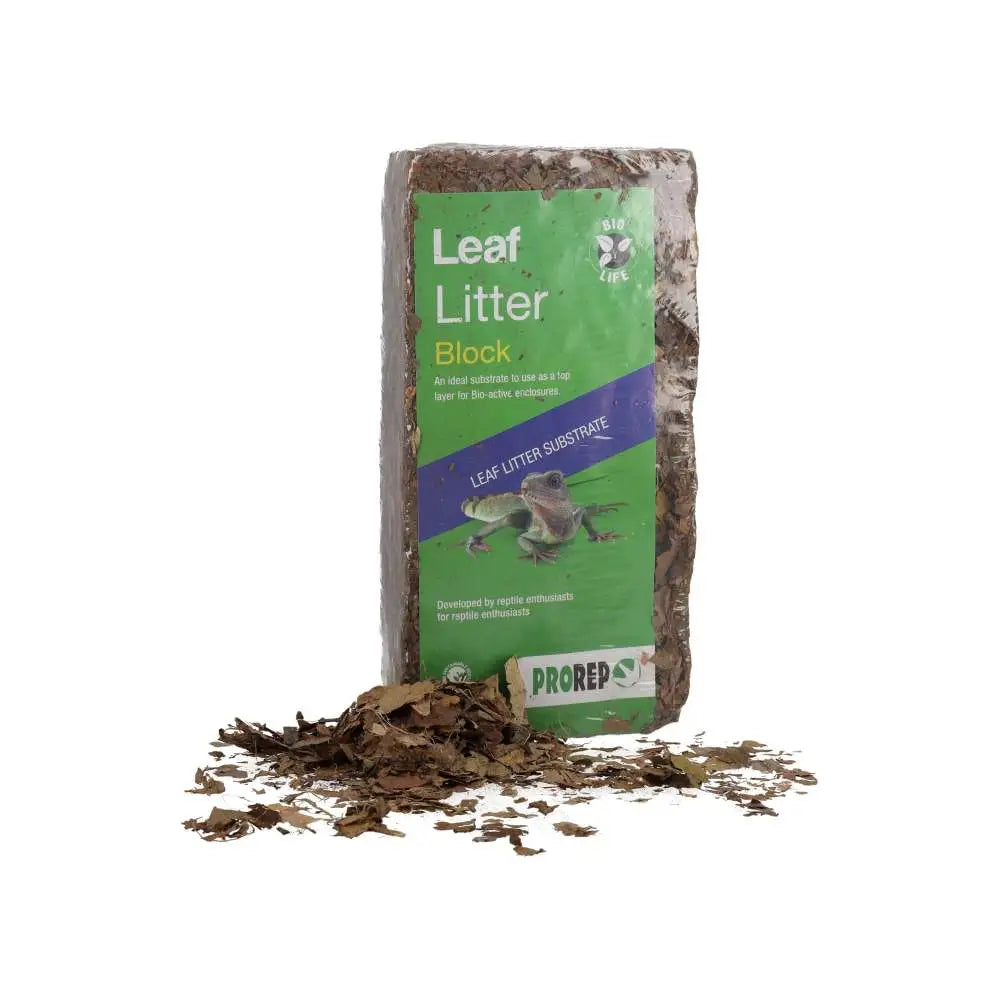
Every Milk Snake is a Kingsnake; but not every Kingsnake is a Milk Snake
by Luke Tansley on in Snakes
What’s in a name?
The genus of Lampropeltis has 14 recognized species comprising what are commonly known as the Kingsnake species. Within the species of Lampropeltis triangulum we have 25 subspecies collectively known as the Milk Snakes.
From all the research I have done I have come to the same conclusion as many of my colleagues and mentors have. The Kingsnake most likely achieved their common name by someone observing them eat a venomous Rattlesnake. Logically, this would make it the ‘King of Snakes’ and the name simply stuck.
The Milk Snake name may have come from a farmer of old going to his barn and discovering a snake near the cow he was going to milk. When he attempted to milk the cow he noticed that there was a shortage of milk and made the connection that the snake must have had something to do with this. I assure you that no cow to my knowledge would stand for six rows of teeth being embedded into its teat without some type of reaction. Regardless, the name once again stuck and has been used since. Another term that is often thrown around in certain circles within the industry is that of ‘Tricolors’. Tricolors, generally refer to some Kingsnake and most Milk Snakes three coloured ringed pattern.
Distribution
The Lampropeltis genus is found from Southeastern Canada all the way to Northern South America and inhabit a wide variety of habitats capable of supporting reptile life. According to Robert Applegate's book Kingsnakes and Milksnakes in Captivity they have the largest natural geographic range of any land snake and live from below sea level to over a mile high.
Size
Generally speaking Milk Snakes achieve an adult size of 3-4’ in total length which makes them the perfect pet for any home.
Colours
Now this is where the fun begins for herpetoculturists; breeders of Milk Snakes (Lampropeltis triangulum) have been working with this species for so long, that there are some incredible colour variations offered now. In the wild most Milk Snakes come in the typical three colour variation of black, red, orange, yellow, or white. The combinations and widths of these bands vary between species. This evolved as a form of Batesian mimicry of the Coral Snake a highly venomous species in the Elapidae family with which Milk Snakes and Kingsnakes sometimes share a habitat with. The Coral Snake has few predators so it is believed that the Milk Snake and some Kingsnakes evolved to become mimics in order to ward off predators.

Today, through the efforts of captive breeders, we have what are known as morphs. The word morph refers to variations in colour and even patterns that are selected by a breeder and then bred specifically to enhance a specific trait. Today we can purchase various colours and patterns of Milk Snakes ranging from stripes to spots and mixtures of stripes and spots as well as solid coloured high contrast species. My personal favorite is the Splotched Sinaloan Milk Snake produced by Robert Applegate of Applegate Reptiles.
Handling
In my decade ‘plus’ of experience I have handled too many snakes to count. It has been my experience that the Milk Snake is one of the very best species for people who are getting into the reptile hobby for the first time. They are an extremely calm snake which tolerates handling very well. I have never once been bitten by any of the Milk Snakes that I have owned. I would go so far to say that if you have children and they want a first time snake make sure to consider purchasing a Milk Snake.
Final Thoughts
I truly hope that you have enjoyed learning about the Milk Snake. Once again, whether you are thinking about getting a snake for the first time or are an experienced keeper I encourage you to look into the prospect of owning a Milk Snake as they are a calm and gentle snake which make a great pet and are some of the most astonishing coloured pets on the market today.
If you like this blog post, please let Gary know via the comments section below and we will bring you more of these natural history posts in the future.


















